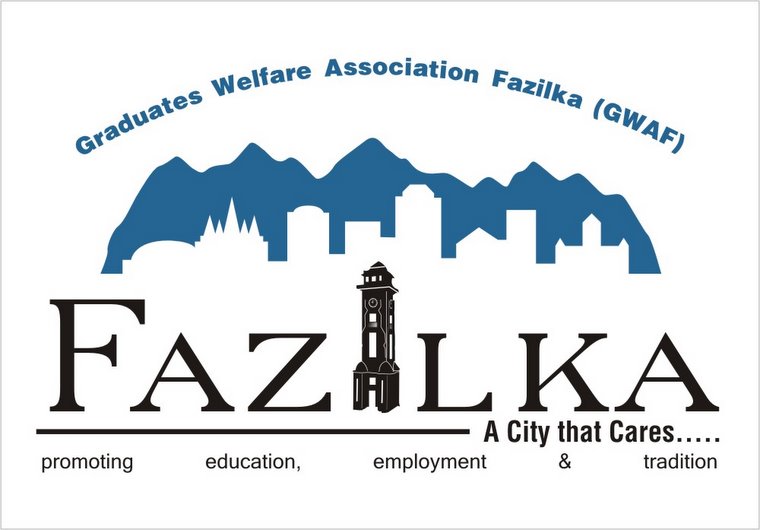As per the affidavit filed by the Director, Urban Local Bodies Punjab, out of 10 corporation cities of Punjab, 4 of them like Hoshiarpur, Patiala, Pathankot, and Phagwara have no provision for the roadside stormwater drains. In Smart cities like Ludhiana, Amritsar, and Jalandhar only 10-11% of the areas have provision for the stormwater drains. Only S.A.S. Nagar Mohali has stormwater drainage system but not being maintained. In the rest of the cities, where the stormwater drain is available, we Municipalities have connected it with sewerage system. We are otherwise lucky that we are getting adequate rains, but the way it is being managed; these 60 rainy days are a nightmare for the traffic as well for the life of road pavements. Ludhiana alone spends about 60-70 crore annually to repair roads after rains. In the last 10 year, no money has been spent in these cities to provide adequate stormwater drainage facilities, whereas the large sum of money was being spent to repair the same roads every year after rains. The scenario is the same in all cities of Punjab. Department of Local Government, Punjab manage 163 cities and towns and they don't have single drainage engineer with them. Inadequate road drainage arrangements put enormous pressure on Traffic Police to manage traffic during rains. Now, if we talk about the 145 towns in Punjab, 124 have water supply system based upon tube wells.
Now, if we look at the calculations for 10 corporation cities of Punjab, about 62 lakh people live in these 10 cities. Geographical area and annual rainfall history wise, these cities received 48,91,296 lakh litre of rainwater annually. As per the Bureau of Indian Standards, IS:1172-1993, a minimum water supply of 200 litres per capita per day (lpcd) should be provided for domestic consumption this means, our 10 corporation cities require approx. 45,000,00 lakh litre of water annually. If we manage this free rainwater through a network of the drains and treat it not only drinking water need but we can use the same for non-drinking purposes like construction-related activity, water requirement to manage green belt of the city. Mother Nature has perfect and smart calculations for the water requirement and supply arrangements for our cities. Just because of the poor management of rainwater by mighty municipal corporation officers and engineers, each rain ends up putting financial burden as well inconvenience. Honorable Punjab and Haryana High Court also issued serious directions in this regards (Interim Order under CWP 17530 of 2010 dated 3 November 2017), but no action. Average 60 days of rains are giving us sufficient water for the whole year, but we are wasting it. We are draining out groundwater for our daily needs and not recharging it back. Rainwater can be used to recharge groundwater through artificial recharge techniques. Overall with this kind of institutional will and kind of people managing our cities, Future is certainly dark. God Bless Us.
Now, if we look at the calculations for 10 corporation cities of Punjab, about 62 lakh people live in these 10 cities. Geographical area and annual rainfall history wise, these cities received 48,91,296 lakh litre of rainwater annually. As per the Bureau of Indian Standards, IS:1172-1993, a minimum water supply of 200 litres per capita per day (lpcd) should be provided for domestic consumption this means, our 10 corporation cities require approx. 45,000,00 lakh litre of water annually. If we manage this free rainwater through a network of the drains and treat it not only drinking water need but we can use the same for non-drinking purposes like construction-related activity, water requirement to manage green belt of the city. Mother Nature has perfect and smart calculations for the water requirement and supply arrangements for our cities. Just because of the poor management of rainwater by mighty municipal corporation officers and engineers, each rain ends up putting financial burden as well inconvenience. Honorable Punjab and Haryana High Court also issued serious directions in this regards (Interim Order under CWP 17530 of 2010 dated 3 November 2017), but no action. Average 60 days of rains are giving us sufficient water for the whole year, but we are wasting it. We are draining out groundwater for our daily needs and not recharging it back. Rainwater can be used to recharge groundwater through artificial recharge techniques. Overall with this kind of institutional will and kind of people managing our cities, Future is certainly dark. God Bless Us.




No comments:
Post a Comment